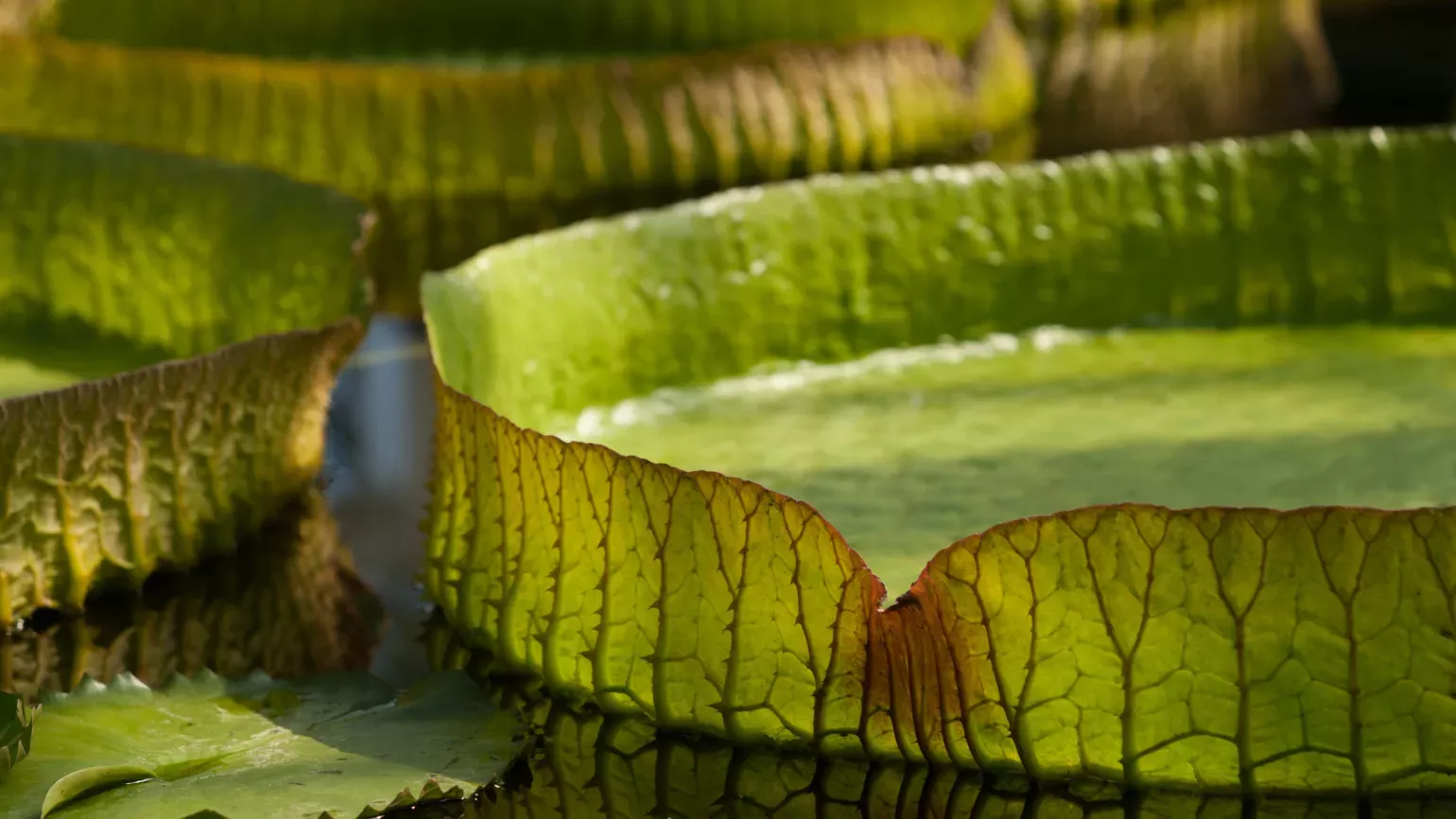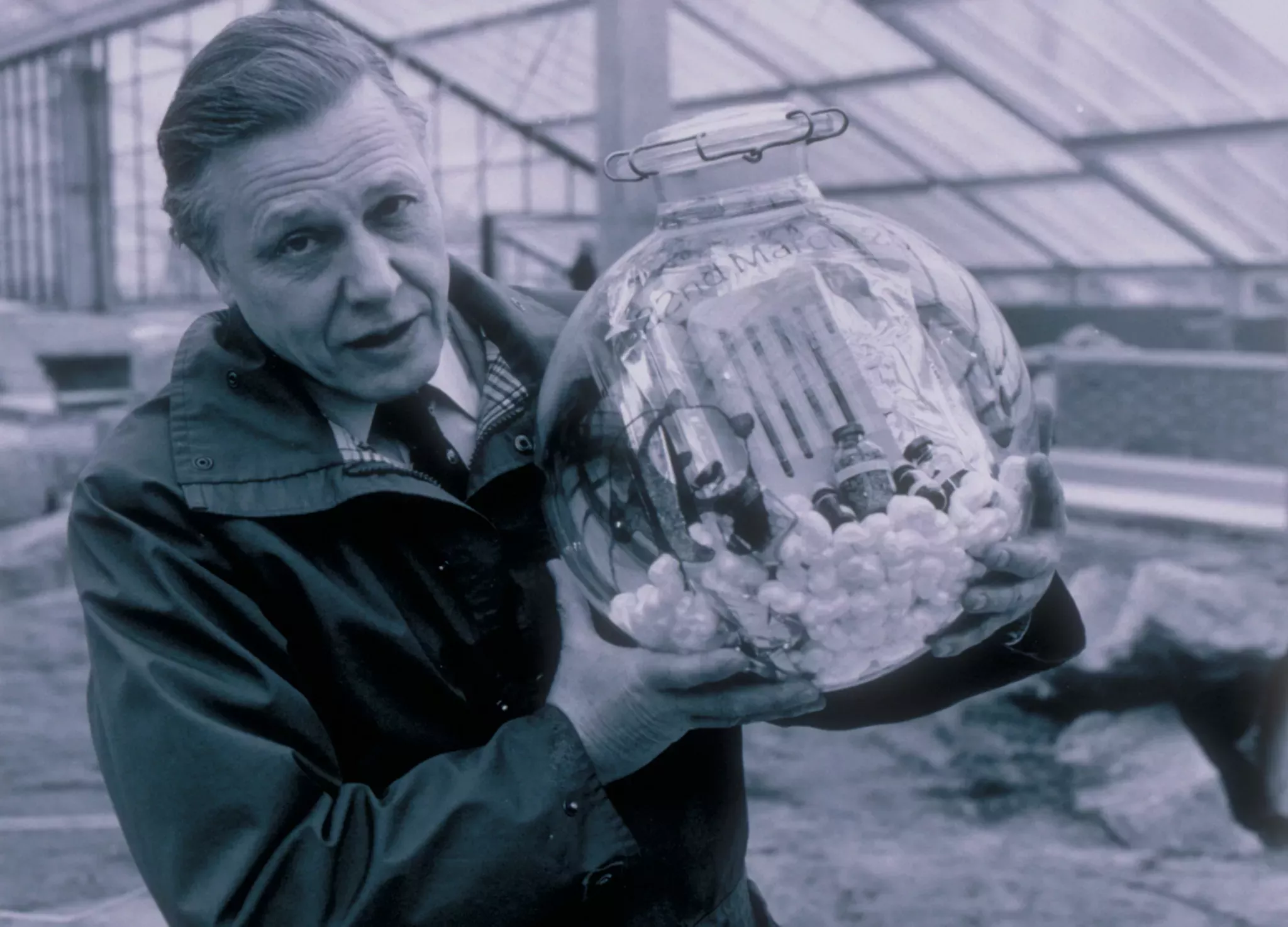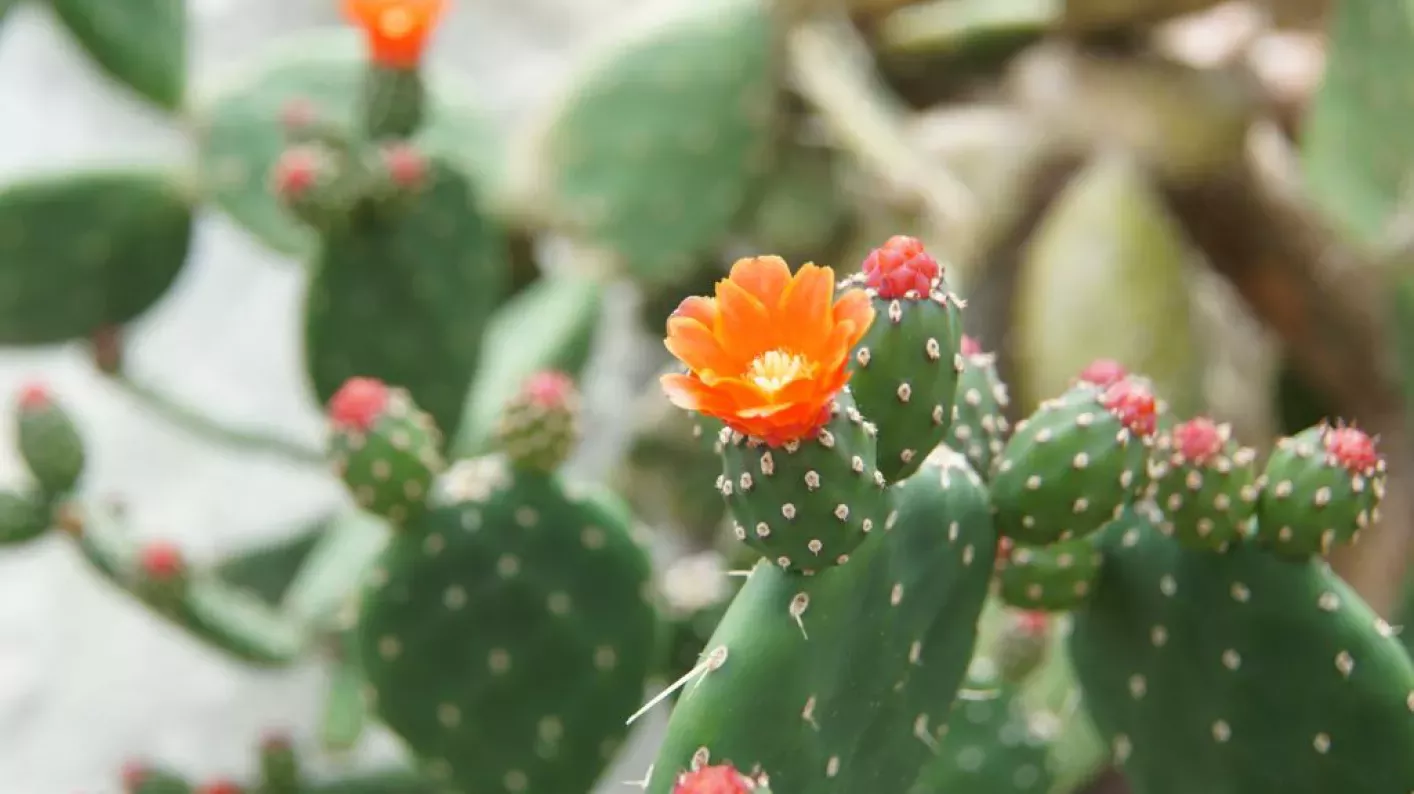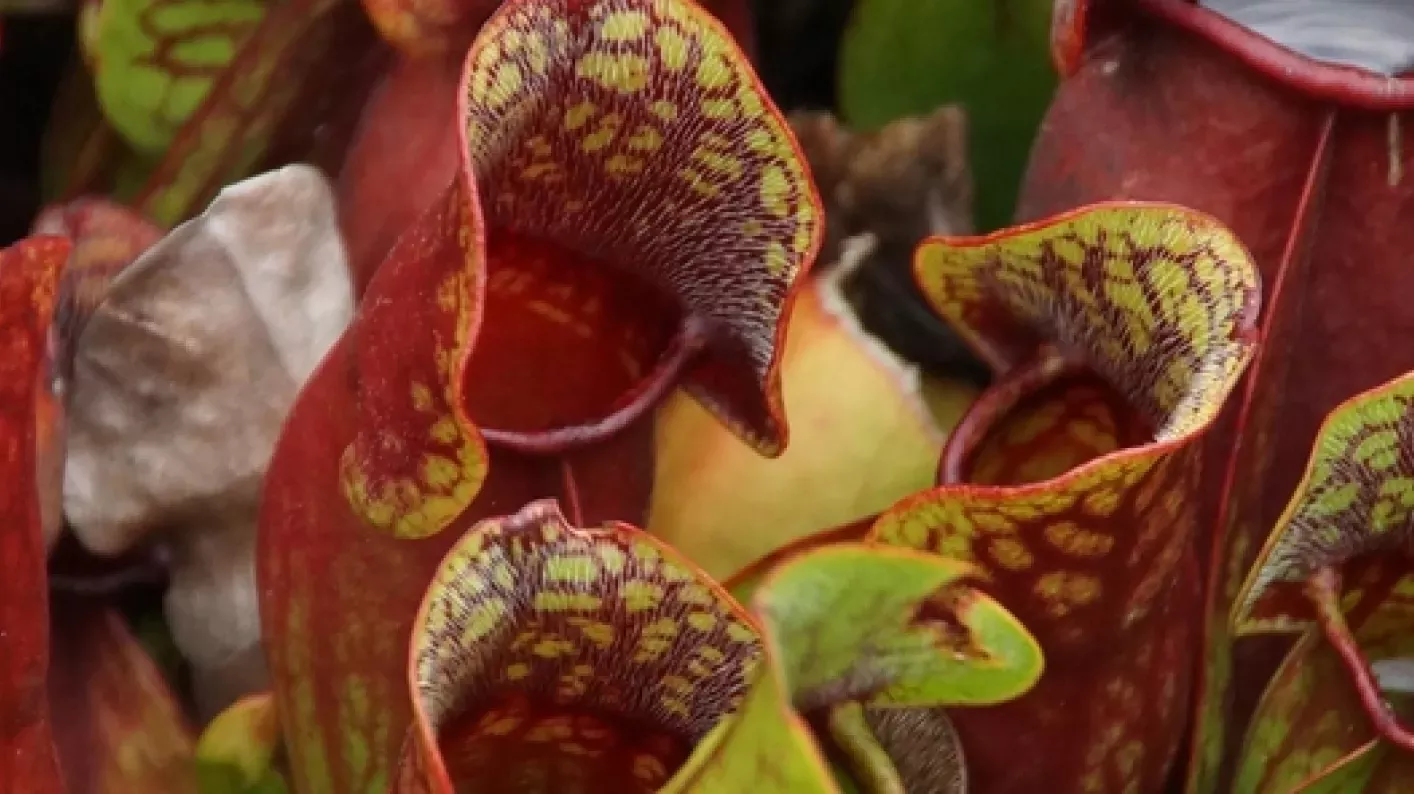
Kew Gardens
The Hive
Discover the secret life of bees in this dramatic installation.
Explore The Hive
With ten computer-controlled climate zones, the Princess of Wales Conservatory is a glassy labyrinth leading you through a series of fascinating ecosystems.
In our zone dedicated to carnivorous plants, you’ll discover the conditions that helped predatory species like Venus flytraps (Dionaea muscipula) or pitcher plants (Nepenthes) evolve to swallow their prey in less than half a second.
There’s a new surprise at every corner of this winding glasshouse. Take in spiky cacti and succulents as you travel through the dry tropics and emerge into the dense, steamy zones where tropical orchids and bright bromeliads come alive.
First discovered at Kew, the celebrated giant waterlily Victoria boliviana floats in the wet tropical zone. Its spectacular flowers open at sunset, close in the morning and open again the next night, turning from white to pink.





In 1985 Sir David Attenborough buried a time capsule containing seeds of basic food crops and endangered species in the foundation of the Princess of Wales Conservatory.

It will be opened in 2085, when many of the plants it contains may be rare or extinct.
Elizabeth Gate
Daily, 10am to 5pm
We may occasionally need to close attractions for maintenance or visitor safety. Check for planned closures and visitor notices before you visit.

Kew Gardens
Discover the secret life of bees in this dramatic installation.
Explore The Hive
Kew Gardens
Get a taste of the tropics with a journey through our glasshouses.
Read more about Caribbean plants
Kew Gardens
The evolutionary journey of these remarkable pitcher plants.
The carnivorous purple pitcher plant